Obongi: where darkness sets at noon
Highlights
- Obongi district, with a population of about 143,000 (including refugees), it is not connected to any single electricity pole
- Businesses, health centers are grappling with high costs of running on generators and solar power
By Dramadri Federick
In May 2023, Asianduru Gertrude, had a joyful moment of having a newborn baby when she left home for delivery. But the happiness was short-lived. She lost her baby because Obongi health center IV, which uses a generator, ran out of fuel.
When the labour pangs started, a dark cloud hovered over her upon admission at Obongi health center IV because of the darkness that befell the theatre room after she failed to deliver normally.
The health center ran out of fuel in the generator in order to carry out a caesarean section in order to save her life and that of the baby.
Asianduru, a resident of Palorinya, was admitted at Obongi Health Centre IV that has been grappling with power for decades.
“It was a rainy day and at night there was no power stored in the solar batteries. We waited for close to five hours until the staff came with the fuel when the operation was done.”
Asianduru blamed the death of her baby on the electricity challenge at the health center despite the efforts by Nurses to save their lives. Obongi health center has for long relied on generators and solar power.
“The Nurses tried to save our lives when they brought fuel but this was late. My baby had already died in my womb. I was in deep pain. I can never forget this incident in my life.”
This is just one of the nightmares taxpayers in Obongi district are going through. The district does not have a connection to any reliable power.
Three Kilometers (3Km) to the border between Obongi district and Yumbe district at Okubani Trading Center is the last electricity connection pole by the government of Uganda. 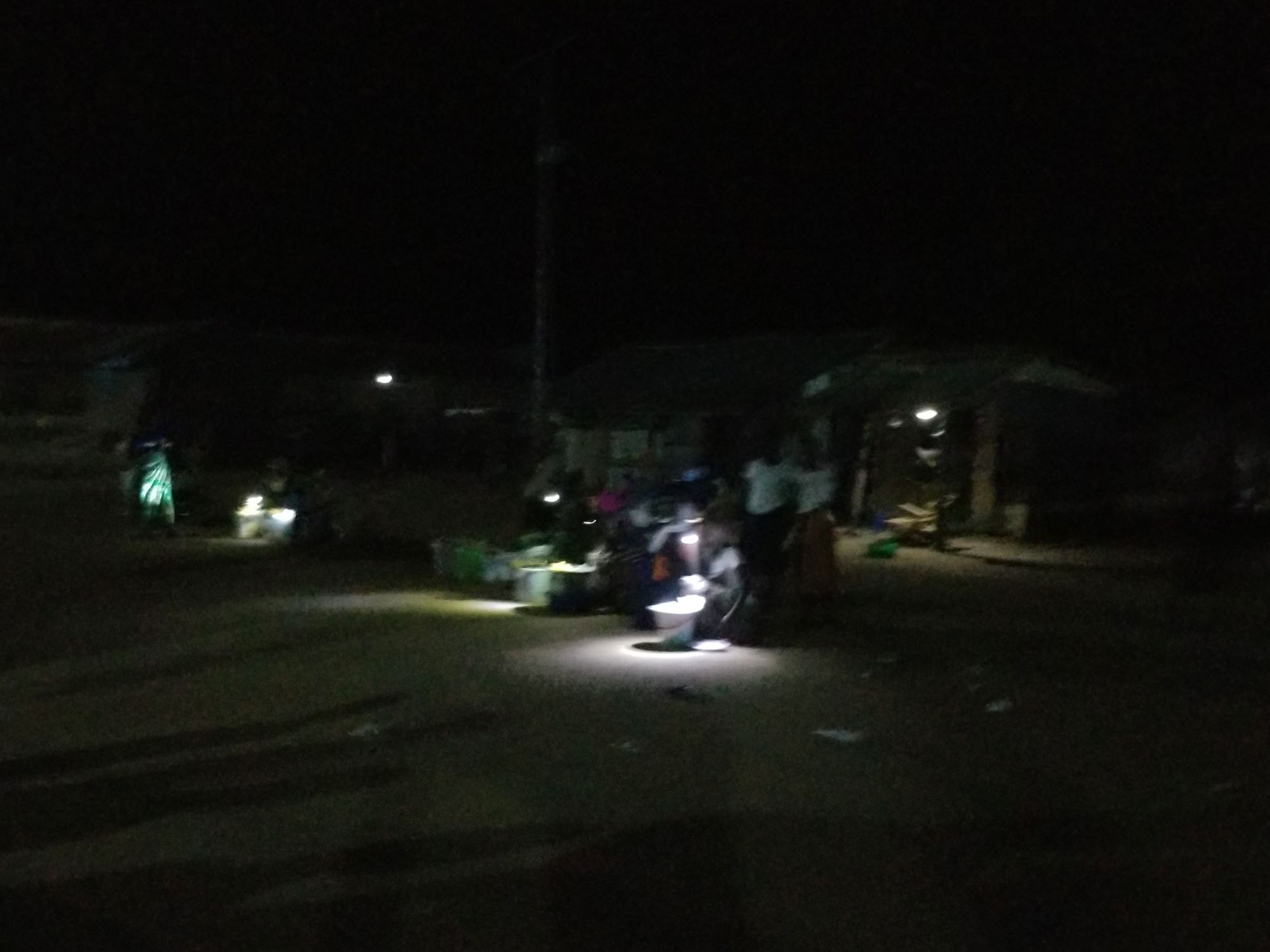
Cannot see. Vendors struggle with their lamps to sell at night in Obongi town. Images by Dramadri Federick
Isolated grid
Since the electricity transformations in West Nile from Uganda Electricity Board UEB in 2003 to West Nile Rural Electrification Company (WENRECo), Obongi district in the West Nile region has not been connected to any single pole of electricity.
Several pledges by both the Ministry of Energy and Mineral Development and President Yoweri Museveni remain unfulfilled, hence crippling down service delivery and quick growth of the economy.
Response
Dr Martin Ole, the in charge of Obongi Health Centre IV admits the challenges of power noting that Maternal and prenatal deaths at the health facility are still high with an average of 3 to 4 per month something that needs urgent attention.
He noted that despite the use of solar installed by partners and the government supported with a generator to run the facility, the challenges of power are still grave.
“Nurses and midwives deliver mothers using torches in case the standby generator runs out of fuel. When there is bad weather to charge the solar batteries, we remain in darkness.”
Limping businesses
Obongi, which is surrounded by the River Nile, is a potential area of business, especially fishing activity. But the business potentials cannot be exploited without reliable electricity.
Ayimani Hakim, one of the youths at Black Life, a loose group for jobless youths in Obongi town says denial of electricity for the people of Obongi district is not only a concern on underdevelopment but also a human right issue that should be addressed by the government.
“We were initially told the president felt jealous of us electing an Opposition (MP) Member of Parliament over the years and that is why he (the president) was not connecting us, now that we have all the (MPs) Member of Parliaments in ruling Party, why is he (the president) not connecting us?”
“We have suffered and we cannot run any business and on top of this there are no jobs. We have a right to electricity because many people cannot do business with generators of solar. They are expensive,” he said.
Meanwhile, Twalib Ismail, the proprietor of Best Choice Consults Limited who deals in branding and Graphics designing express worries over lack of electricity in the town which is forcing business operators to quit business due to high operational costs.
“The cost of operations are high and the available options that we are using cannot meet our demands,” Twalib explained.
The LC III Chairperson Obongi town council, Ismail Gift Mansur, noted that fish preservation is difficult.
“The economic growth of an area is determined by the number of hours of business operations. Just like other towns in Uganda that have their business life extend beyond 24 hours. We are limited to do business for either 10 or 12 hours by around 10:00PM and this is dependent on the weather,” he said.
“You cannot do any business in Obongi town because there is no power. We are out of the night economy,”
In 2021, Uganda Investment Authority highlighted power generation and distribution and industrialization among the 14 investment opportunities that are untapped in Obongi district which are cheap investment ventures since the district lies along the shores of River Nile.
According to Mansur, the people in Obongi town council are ready to move with the Local Economic Development Agent but lack of electricity has restrained them to only do small scale businesses.
This, he said, is making the locals poorer. “For three consecutive financial years, we have not collected up to 40 % of the local revenue targets because businesses are not running,” he said.
The cost of installation of solar is also high. For instance, some companies give solar systems on loan with initial deposits of UShs 700,000 and yet the business may not make a profit to that tune.
Endless promises
On August 3 at the switch-on of Nebbi power sub-station, the Minister for Energy and Mineral Development, Ruth Nankabirwa, said: “I know there will be more questions following, especially the connection of Obongi.”
“I pledge that we are taking the next step to connect the people of Obongi. I appreciate the push for the connection to the grid and we want the power pulled to the last mile person.”
In his April 2023 tour of the West Nile Region, President Museveni assured the people of Obongi district of full connectivity to the National Grid before the official launch of the 32Kv power station of Arua for the benefit of electricity.
The grim picture
A 2021 Economic Development Assessment Conducted by UN habitat in West Nile region revealed that, of the estimated 43,140 people as of 2019 with 21,740 females, and 21,400 males, poverty situation is still alarming with few households about 3.3% are formally employed, 11.5% are involved in businesses.
At least 8.2% casual labor, and 10.7% are engaged in agriculture. The majority, 50.8% of the households, depend on aid and 10.7% other livelihood sources, including remittances from the country of origin.
According to the Deutsche Gesellschaftfür Internationale Zusammenarbeit, Solar energy in Uganda has the highest adoption rate among all renewable energy options. The average solar radiation is 5.1 kWh/m2/day, with the current solar data showing that solar energy is high throughout the year with a variation (minimum month / maximum month) of only about 20 % maximum.
At Obongi district headquarters, solar panels are installed while others are laid in front of the building to tap sunrays. This has equally affected communication and secretarial services in the district.
Buga Habib, the Obongi District Chairperson stated that: “We are the only district in Uganda where electricity has not reached. There are so many things that need electricity.”
“In offices there is no power, in health centers there is no power, in schools there is no power, and even running small factories and cottage industries have become difficult, why is the government punishing us?” he asked.

Bleak future: The district Chairperson, Buga Habib. Image by Dramadri Federick
The Obongi Chief Administrative Officer, Otim Benson Humphrey, narrated that the district has lost a lot of investment opportunities due to lack of stable power from electricity. He stressed that energy is a primary source to transform a place.
“For a district to industrialize, we need power, without power how do we account for the population in terms of contribution because we don’t have significant industries that are running where people would be employed,” he said.
Access to electricity
According to a report on Access to electricity among Ugandans is increasing with 57.2% of Ugandans having access to electricity in urban areas. However, access drops to 10% in rural areas, and it is only 22.1% nationwide. As of December 2022, Uganda had approximately 3,385 km of transmission lines, which the government aims to increase to 4,354 km by 2025.
The Electricity Regulatory Authority (ERA) estimates that as of December 2022, installed electricity capacity in Uganda was 1,402 megawatts (MW) with demand at 843 MW, leaving a surplus of 559 MW.
Uganda’s largest hydropower project, the 600 MW Karuma Hydro Power Dam was switched on last week by the President. The addition of the Karuma Hydro Power Dam was projected to boost Uganda’s total capacity by 44% and leave potentially over 1000 MW of excess power generation capacity.
A May 2024 report by Power Shift Africa revealed that out of the 2.3 billion people without access to clean cooking forms globally, more than 900million people use biomass for cooking in sub-Saharan Africa alone.
While 98% of Uganda’s population taps on biomass for cooking out of this 85% of the population depends on firewood, 13% rely on charcoal, only 2% of the Ugandans use clean energy sources.
It remains unclear when the connection to Obongi that is isolated from electricity would be connected. All the 12 districts in the region have been connected to electricity.
Editor: This story was published with the support of Northern Uganda Media Club (NUMEC) under the Energy Reporting Grant.

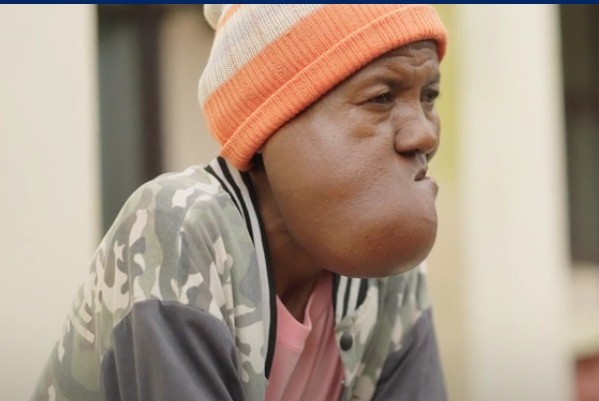
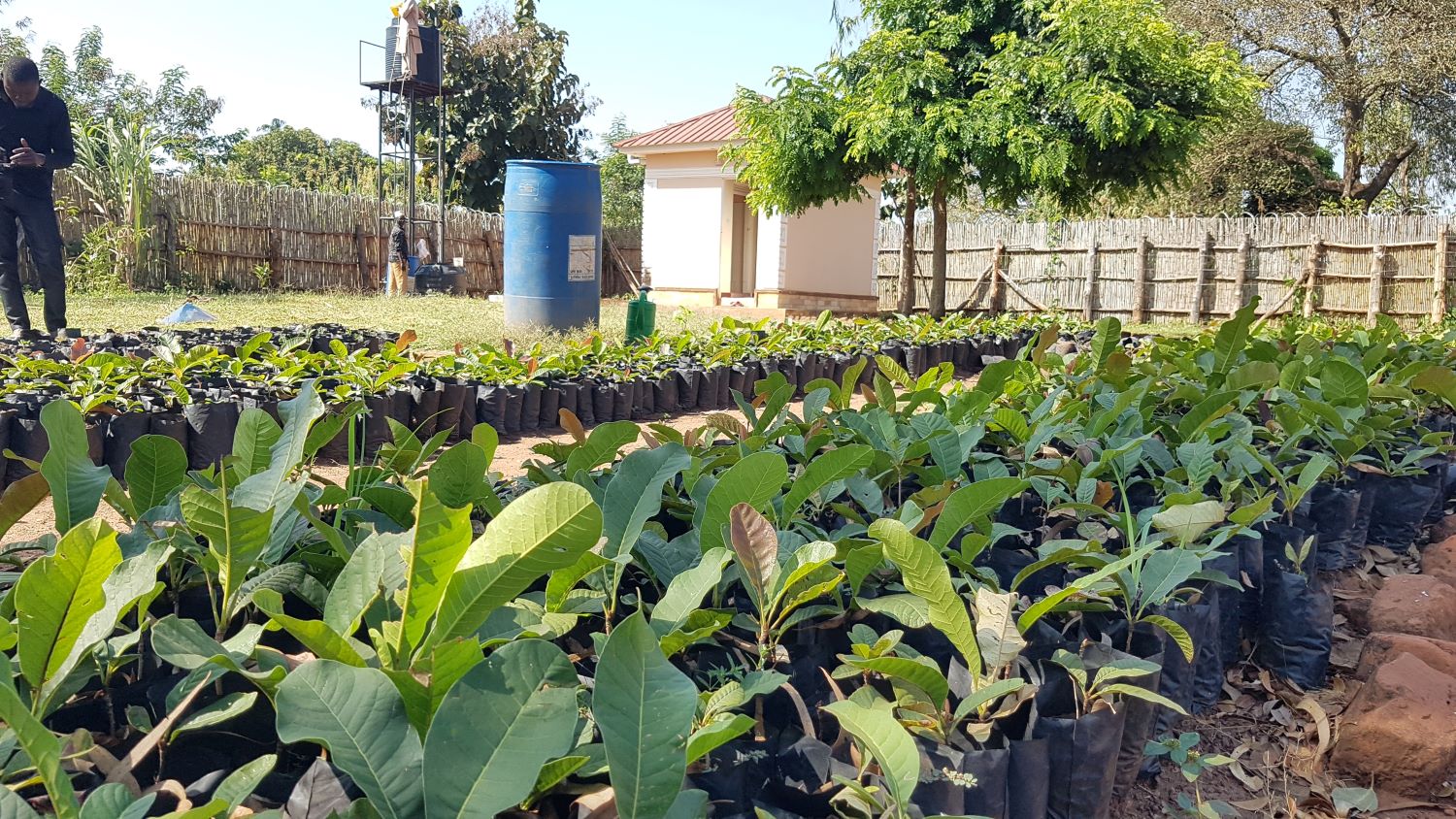

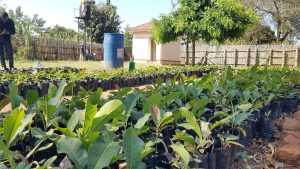

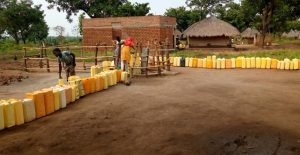
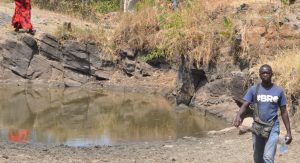

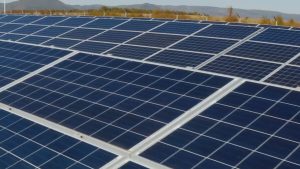

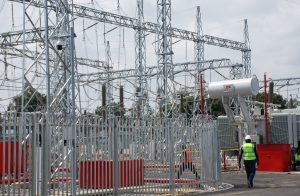
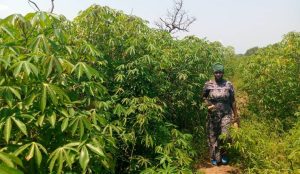
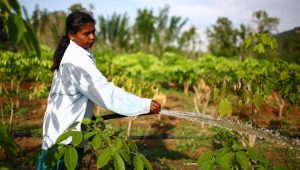
Post Comment